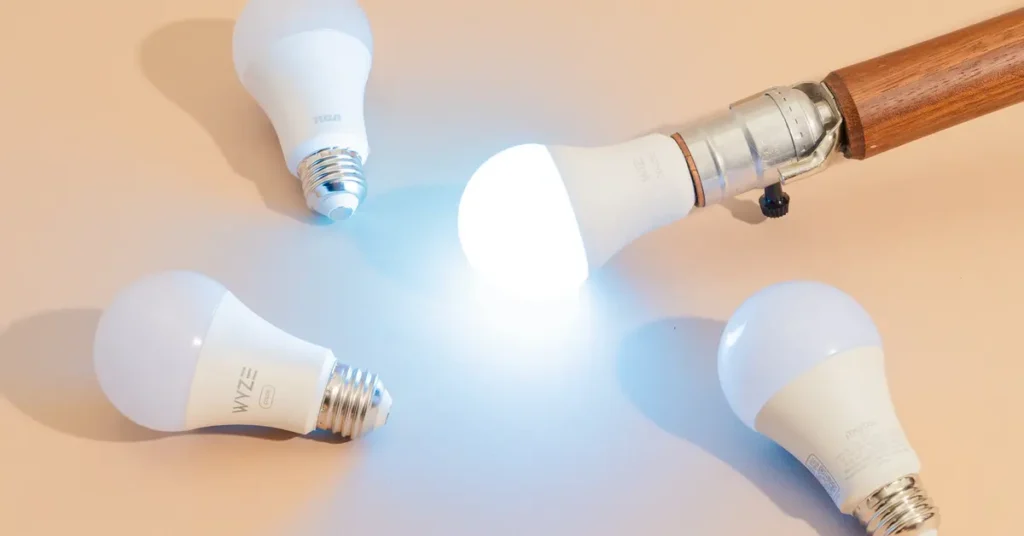The invention of the light bulb marked a pivotal moment in human history, revolutionizing the way we live, work, and play. This article provides a comprehensive analysis of the light bulb, exploring its historical development, the impact it has had on society and the environment, the technological advancements that have led to its evolution, and the future prospects of lighting technology.

Historical Development of the Light Bulb: The journey of the light bulb began in the early 19th century with the invention of the arc lamp by Sir Humphry Davy in 1809. However, it was Thomas Edison’s patenting of the first long-lasting carbon filament incandescent light bulb in 1879 that truly brought electric lighting into the mainstream.
- Early Innovations: Before Edison, various inventors worked on creating a practical light source using different materials such as carbon, platinum, and tungsten.
Incandescent Bulbs: Edison’s incandescent bulb dominated the market for decades, with its warm, yellowish light becoming synonymous with home comfort.
Fluorescent Lighting: The development of fluorescent lighting in the 1930s offered a more energy-efficient alternative to the incandescent bulb, leading to widespread adoption in commercial and industrial settings.
Impact on Society and the Environment: The light bulb has had a profound impact on various aspects of life.
Work and Productivity: The ability to work during the night has significantly increased productivity across all sectors.
Safety and Security: Street lighting and other public lighting have improved safety and reduced crime rates in urban areas.
Health and Well-being: Proper lighting has been linked to improved mood, sleep patterns, and overall well-being.
Environmental Concerns: The energy consumption of traditional incandescent bulbs and the disposal of hazardous materials in some types of bulbs have raised environmental concerns.
Technological Advancements: The light bulb has undergone significant technological advancements, leading to more efficient and sustainable lighting solutions.
Compact Fluorescent Lights (CFLs): CFLs offered a more energy-efficient option than traditional incandescent bulbs, lasting longer and using less power.
Light Emitting Diodes (LEDs): LEDs have revolutionized the lighting industry with their exceptional energy efficiency, long lifespan, and ability to emit light in various colors without heat.
Smart Lighting: The integration of lighting with smart technology allows for remote control, scheduling, and customization of lighting systems.
The Future of Lighting: The future of the light bulb is shaped by innovation and the need for sustainability.
Energy Efficiency: The push for energy-efficient lighting continues, with LEDs being the standard and new technologies like organic LEDs (OLEDs) emerging.
Internet of Things (IoT): Smart lighting is expected to become more prevalent as part of the IoT, with lights that can be controlled and optimized for energy savings and personal comfort.
Human-Centric Lighting: Research into the effects of light on human health is leading to the development of lighting that can mimic natural light and adjust to human circadian rhythms.
Integration and Design: Lighting is becoming more integrated into building design, with the focus on aesthetics and functionality.
Conclusion: The light bulb, a symbol of innovation and progress, has transformed the world in countless ways. From the simple incandescent to the sophisticated LED, the evolution of the light bulb reflects our ongoing quest for efficiency, sustainability, and technological advancement. As we look to the future, the light bulb continues to be a beacon of possibility, illuminating the path for new discoveries and improvements in lighting technology.
